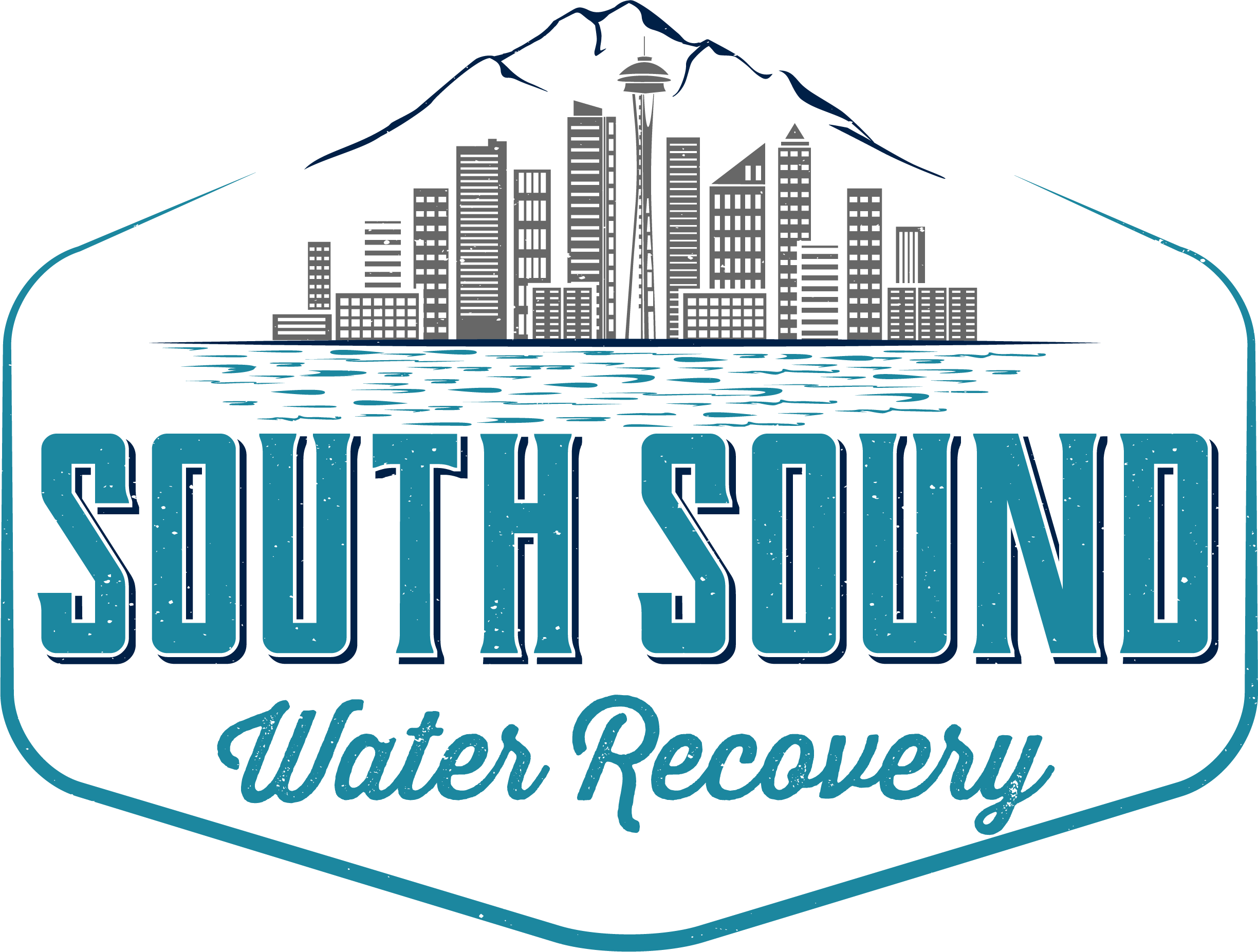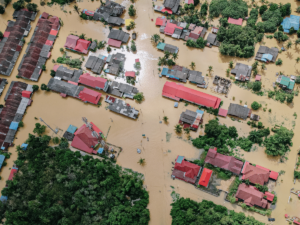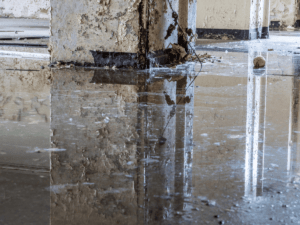When a storm strikes, whether it’s a thunderstorm, hurricane, or tornado, it can wreak havoc on your home. From roof damage to flooded basements, the aftermath of a storm can be overwhelming. That’s when your homeowner’s insurance policy comes into play.
What Does Homeowners Insurance Typically Cover?
Homeowners insurance is designed to protect you from various risks and perils, and that includes storm damage. However, the coverage for storm-related damage can vary depending on your policy and where you live.
Here are some common aspects of storm damage coverage:
1. Wind and Hail Damage: Most standard homeowners insurance policies provide coverage for damage caused by wind and hail. This includes damage to your roof, siding, windows, and other parts of your home.
2. Water Damage: Some policies may cover water damage caused by storms, such as rain entering your home due to roof damage. However, water damage from flooding is typically not covered under standard homeowners insurance. You’ll need a separate flood insurance policy for that.
3. Fallen Trees and Debris: If a tree falls on your property and damages your home, your homeowner’s insurance should cover the cost of removing the tree and repairing the damage up to your policy’s limits.
4. Additional Living Expenses: If your home becomes uninhabitable due to storm damage, your policy may cover the cost of temporary living expenses, such as hotel bills and food.
Tips for Making a Successful Storm Damage Insurance Claim

Filing an insurance claim for storm damage can be a complex process, but it’s crucial to getting the necessary funds to repair your home. To ensure a successful outcome, follow these tips when making a storm damage insurance claim:
1. Safety First
Before anything else, prioritize safety. Ensure that you and your family are out of harm’s way, especially if the storm has caused structural damage to your home. If necessary, evacuate to a safe location until it’s deemed safe to return.
2. Document the Damage
Once it’s safe to do so, document the storm damage thoroughly. Take clear and detailed photos and videos of all affected areas, including structural damage, water intrusion, damaged personal belongings, and any other visible destruction. These visual records will serve as essential evidence for your claim.
3. Contact Your Insurance Company Promptly
Notify your insurance company as soon as possible after the storm damage occurs. Most policies have a timeframe for reporting the damage to qualify for coverage. Be prepared to provide the date and time of the damage, a brief description, and the extent of the damage.
4. Review Your Policy
Take the time to review your homeowner’s insurance policy carefully. Understand the coverage limits, deductibles, and any endorsements or exclusions that may apply to storm damage. Knowing what your policy covers will help you navigate the claims process more effectively.
5. Prevent Further Damage
Your insurance policy likely includes a provision requiring you to take reasonable steps to prevent further damage to your property. If it’s safe to do so, make temporary repairs or arrangements to prevent additional harm. Keep all receipts and records of expenses related to these temporary repairs, as they may be reimbursable.
6. Create a Detailed Inventory
Prepare a detailed inventory of the damaged or lost items in your home. Include descriptions, purchase dates, and estimated values. Having an organized list of your belongings will make it easier to assess the extent of your losses and file a claim for personal property damage.
7. Document Communication
Keep a record of all communication with your insurance company. This includes the names and contact information of representatives you speak with, the dates of conversations, and the content discussed. Having a clear record can help in case of any disputes or discrepancies.
8. Be Patient and Persistent
The claims process can sometimes be lengthy and involve multiple steps. Be patient and persistent in following up with your insurance company. If you encounter difficulties or delays, don’t hesitate to escalate the matter or seek assistance from a public adjuster.
9. Consider Professional Help
If your storm damage insurance claim is particularly complex or you believe you’re not being treated fairly by your insurance company, consider hiring a public adjuster or an attorney specializing in insurance claims. They can advocate for your interests and help you navigate any disputes.
10. Review the Settlement
Once your insurance company processes your claim, carefully review the settlement offer. Ensure that it covers all necessary repairs and replacements and that you are satisfied with the outcome. If you have any concerns or questions, don’t hesitate to seek clarification from your insurance company.
Final words
Keep in mind that as a storm damage restoration company, we are not legal professionals, but we work closely with insurance companies to ensure a smooth and efficient storm damage restoration process. For more precise guidance and legal advice, especially in complex cases, we recommend reaching out to qualified legal professionals who can provide you with tailored assistance.





